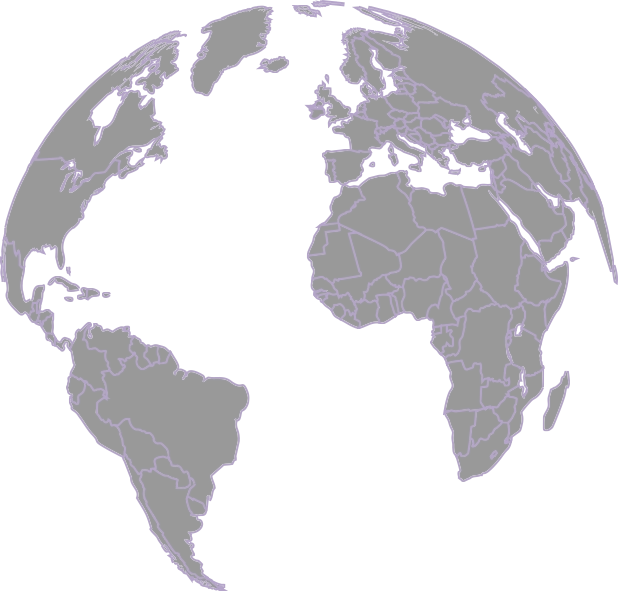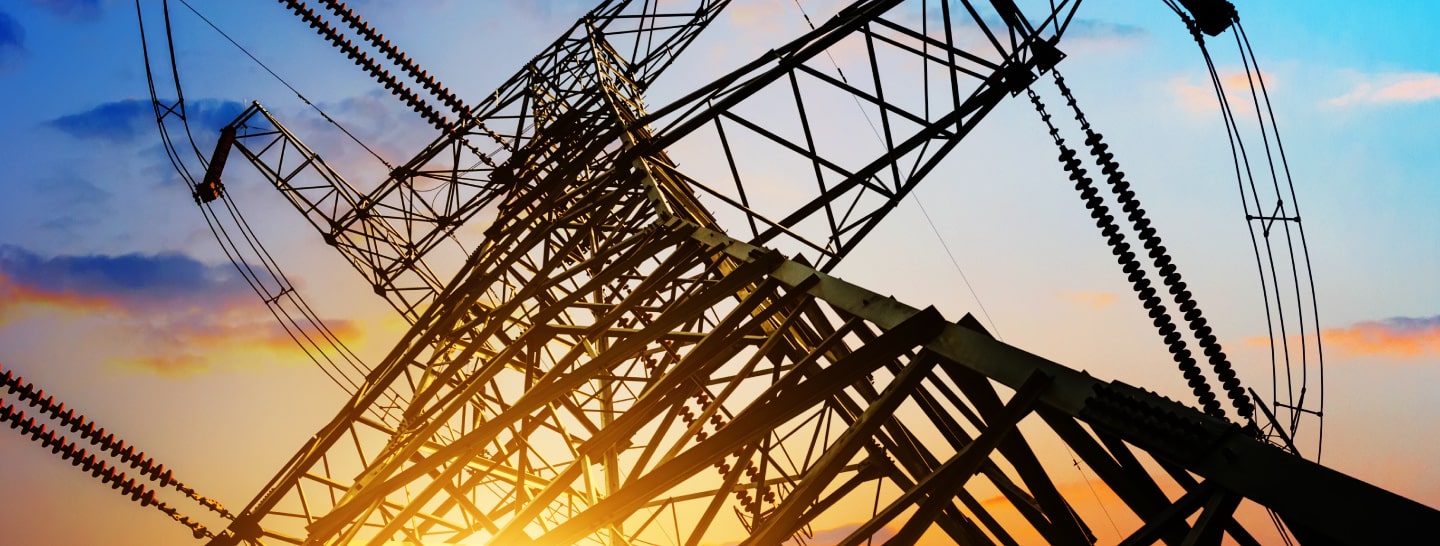Demand for electricity can sometimes fluctuate wildly because of sudden changes in weather, a surge in economic growth, damage to lines, or other factors. In extreme cases, sharp fluctuations can result in power blackouts. The transition to renewable energy plays a role in these fluctuations too, because power demand may peak at a time when the unpredictable supply of renewable energy is low. The new energy scenario calls for an increasingly flexible energy grid.
Fortunately, utilities have a powerful tool to manage these peak-load demands, enabling them to guarantee service and, increasingly, deliver savings for users. Demand Side Energy Management (DSM) is a strategy used by electricity utilities to control demand by encouraging consumers to modify their level and pattern of electricity usage. A Demand Side Management solutions are typically tailored to a user’s premises and include monetary incentives to encourage consumers to buy energy-efficient equipment as well as, or lower prices if they agree to reduce usage during peak times of demand. It’s a win-win situation: when customers agree to reduce their energy use at times when demand (and therefore prices) are highest and shift their consumption to moments when energy is more plentiful, the utility benefits from an even supply, and the customer from lower prices.

Why is Demand Side Management important?

With the twin challenges of the energy transition and geopolitical changes in supply, the way we use energy has never been a more important topic than it is right now. In this context, Demand Side Management (DSM) programs run by utilities are important because they can help users become more efficient, thereby saving energy. Energy savings, in turn, both lower costs and a benefit to the environment in terms of lower emissions. By seeking to lower demand for electricity, demand side management programs avoid the costs required for new infrastructure, like generators and power transmission lines. The importance of demand side management is, therefore, clear in terms of the environmental and economic benefits the system brings. But utilities must offer energy-saving incentives to consumers for demand side management solutions to attain their potential.
In 2019, the US Energy Information Administration published a report in which it offered examples of the incentives utilities use to encourage consumers to use less energy. The incentives included: “free or low cost energy audits and assessments of homes and businesses, free or discounted energy-efficient lightbulbs, and rebates to customers who purchase energy-efficient or ENERGY STAR-certified major appliances such as refrigerators, freezers, hot water heaters, and air-conditioning equipment.”
What are the benefits of Demand Side Management?
There are several advantages offered by Demand Side Management, including:
- Firstly, it helps reduce market prices for electricity by freeing the utility from the expense of building backup (and sometimes fossil-fueled) plants that are brought online to cope with peak demand
- It reduces the costs of managing the electricity grid
- By smoothing out demand, it results in a more efficient and dependable electricity network.

Therefore, Demand Side Management programs have several positive impacts all across the energy demand and supply chain. In particular:
- Customers can save on their energy bills as they shift demand to off-peak hours, particularly if they are large businesses or industries
- The environment suffers less, since renewable energy is more friendly to nature
- Network operators can ensure network reliability, because DSM programs give them the tools to schedule usage and therefore avoid the risk of unexpected surges in demand that can cause power outages
- The community overall benefits, as it is provided with more reliable electricity without the need for building new power plants
- Utilities save money, because they avoid having to build new generating capacity to meet peak demand loads, and can avoid the expense of buying electricity on the open market in the event of a sudden spike in demand.
Demand Side Management vs Demand Response: what are the differences?
Demand Response (DR) is an energy flexibility program falling under the umbrella term of Demand Side Management that compensates companies who agree to modulate their energy consumption. Although the two terms are often used interchangeably, demand response vs demand side management refers to the difference in the focus of the two programs. While the focus of demand side management programs is to reduce energy demand over the long term, with demand response the focus is on activities that reduce or shift electricity demand in response to real-time events on the grid, therefore addressing short-term fluctuations in demand or supply.
How to take part in a Demand Side Management program?

For large energy users, the first step on the customer side of any Demand Side Management program system such as a Demand Response is to carry out an in-depth analysis of on-site consumption.
The next step is to install metering technology to enable the user to interact directly with the utility. After that, the user is ready to implement its energy management plan in response to communications with the utility.








